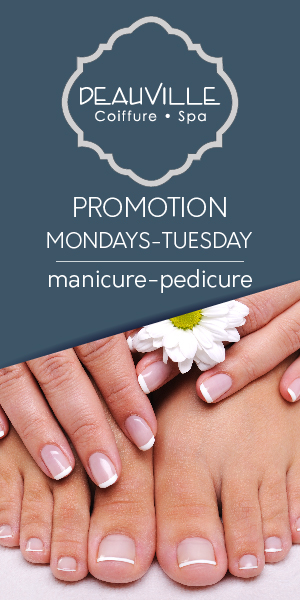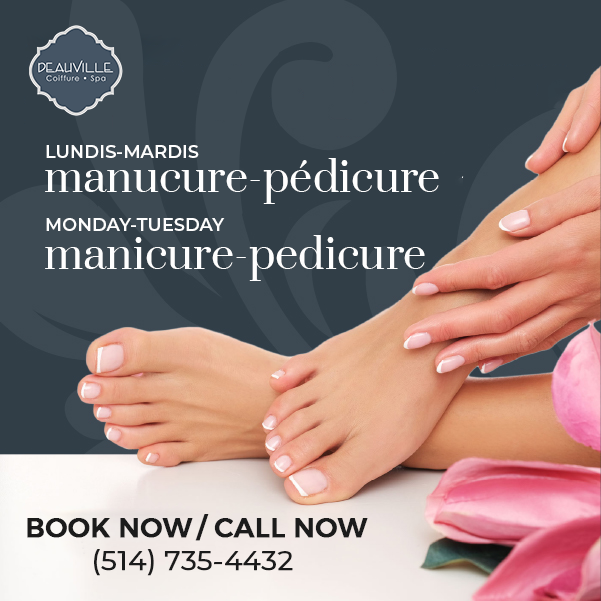
It can be tempting to let skincare products gather dust on your shelf, but it’s essential to know when it’s time to part with them.
The answer to this question varies based on product type and preservatives. On average, cleansers and moisturizers last about a year before expiration.
Product Type
There are so many skincare products to choose from, it can be easy to feel overwhelmed. But knowing when it’s time to replenish your beauty cabinet is essential for maintaining optimal skin health.
According to cosmetic chemist Vince Spinnato, the type of skin care product you use plays a role in how long it lasts. But while expiration dates can be approximate, they depend on several factors like temperature, time, relative humidity levels, physical stress and exposure to sunlight or other environmental elements.
For instance, sunscreen has an extended shelf life of up to one year and anti-aging serums typically last a few months. On the other hand, other products like moisturizers or eye creams have more finite shelf lives.
Preservatives
Preservatives protect the product against yeast, mold and bacteria that could harm your skin or even spread disease. They also extend the shelf-life of the item.
Some natural preservatives can be combined with other ingredients to provide a broader range of protection. Examples include benzyl alcohol, salicylic acid, glycerin and sorbic acid.
Other types of preservatives may be combined with organic acids or humectants. These components aid the formula in absorbing more water.
Emollients and emulsifiers can extend product shelf life by making it more pliable, when used together.
Water-based products often need preservatives to prevent the growth of contaminants like bacteria, yeast and mould. Most formulas that contain water require some form of preservative, including lotions, creams and shampoos.
Storage
Similar to food products, it’s essential to discard skincare and beauty items that have expired. Doing so could expose you to bacteria that could cause skin infections or irritations.
Thankfully, there are easy methods to verify if your beauty product is still suitable for use or not. Many cosmetic items have a symbol that looks like an open jar with a number inside – this makes checking its freshness much simpler!
These symbols indicate how long a product remains active after opening; usually six months for cleansers and one year for creams, moisturizers and eye treatments.
When it comes to skincare products, not only the type of formula matters; but also how and where you store them. Temperature, humidity levels in your bathroom as well as direct sunlight can all impact shelf life.
Packaging
Your cosmetic product’s packaging is the first thing customers see, so it must make a great first impression. Make it stand out and convey to your target market that this is the product for them!
When selecting the ideal packaging for your cosmetic product, there are several factors to take into account: materials, appearance and durability. These elements work together in synergy to guarantee that your cosmetic item stays at its peak quality until it reaches your customer’s hands.
Finally, you must select a material that is secure, long-lasting and visually appealing. Fortunately, there are numerous options to choose from – from glass bottles and jars to plastic containers and tubes.
When selecting cosmetic packaging material, the type of material used depends on the products being packaged. Glass is an ideal option due to its compatibility and protective qualities; additionally, glass has resistance against many chemical compounds which make it suitable for skincare items with acids or other components that could degrade standard plastics.



